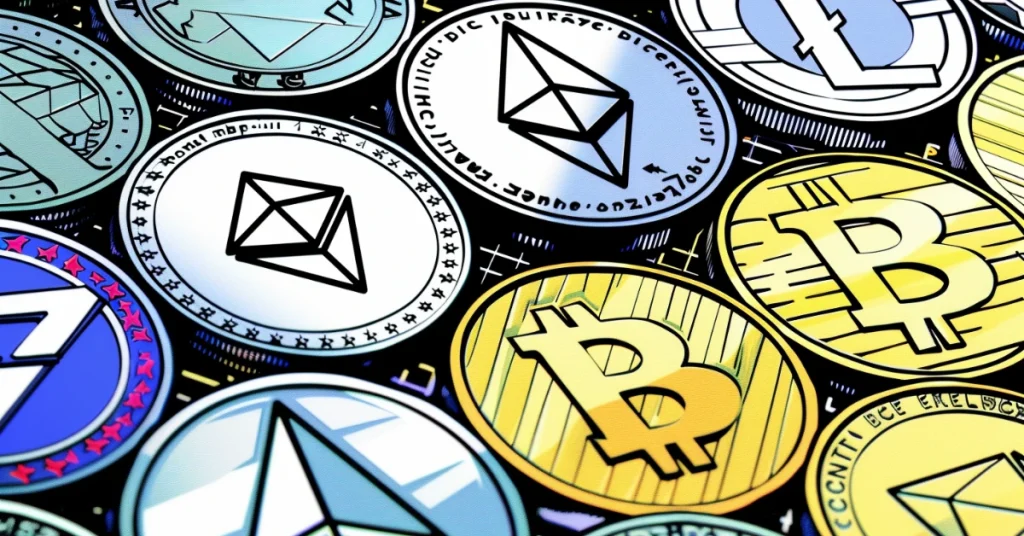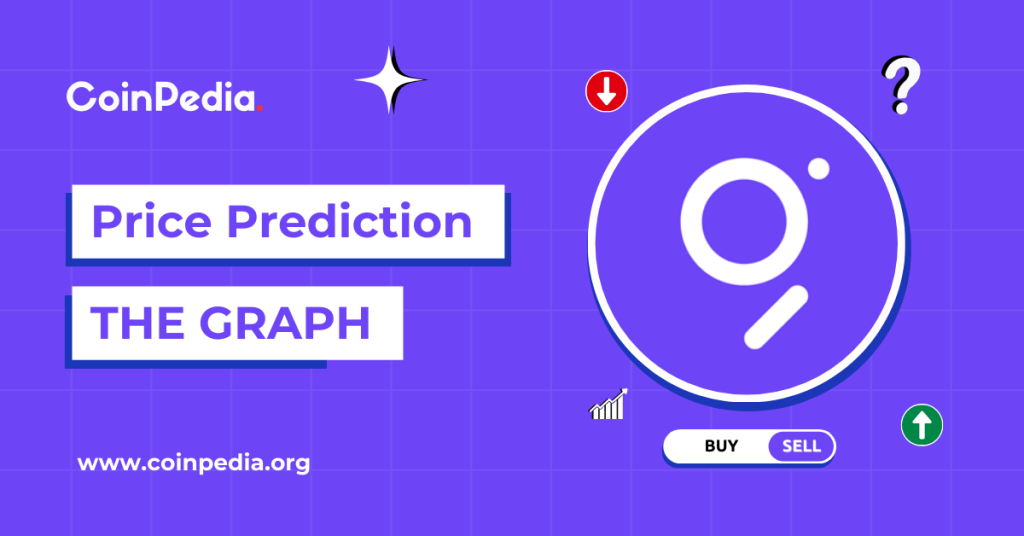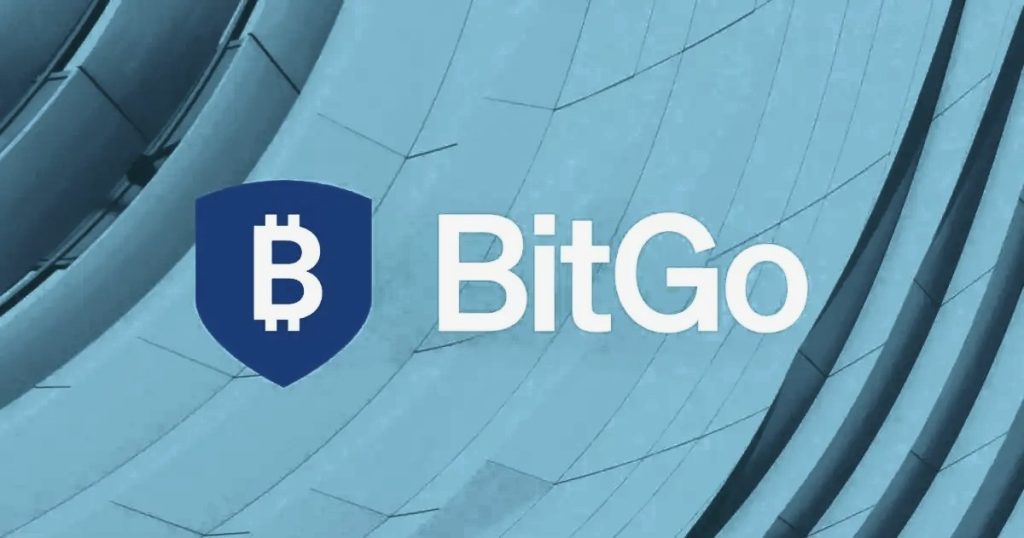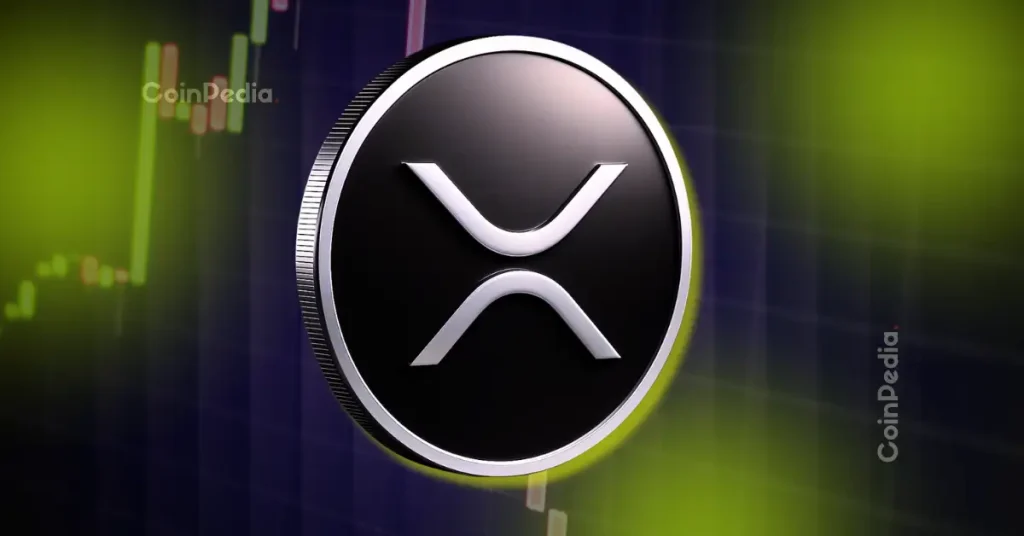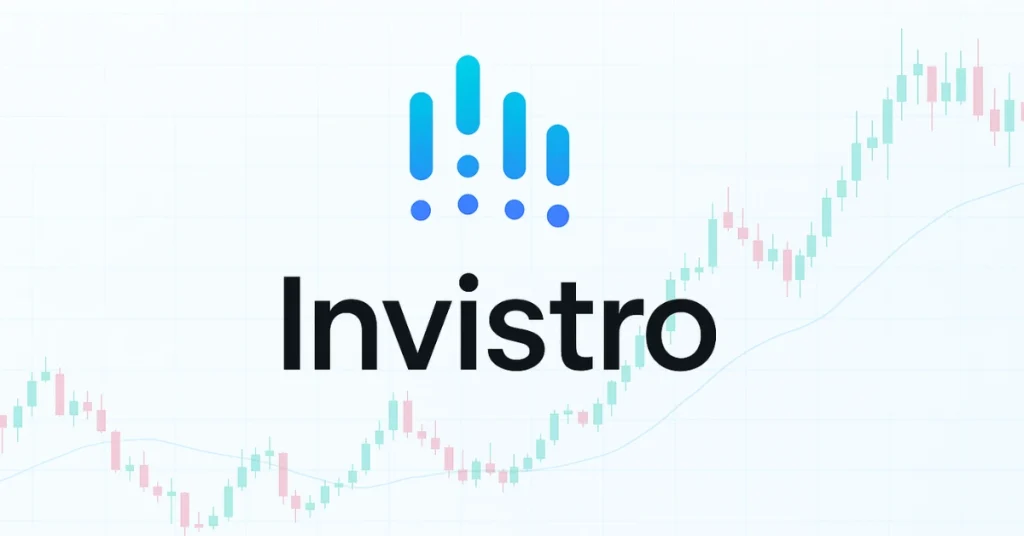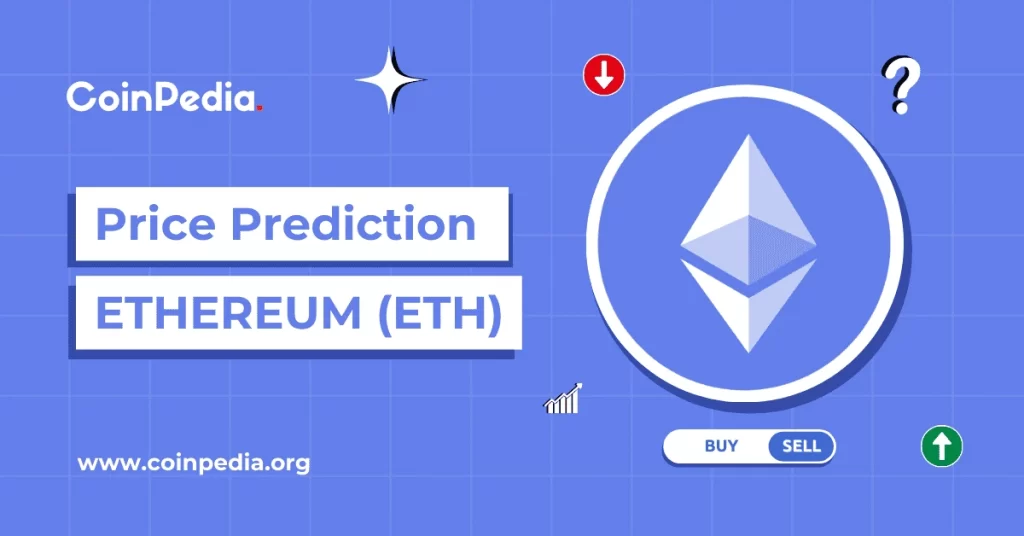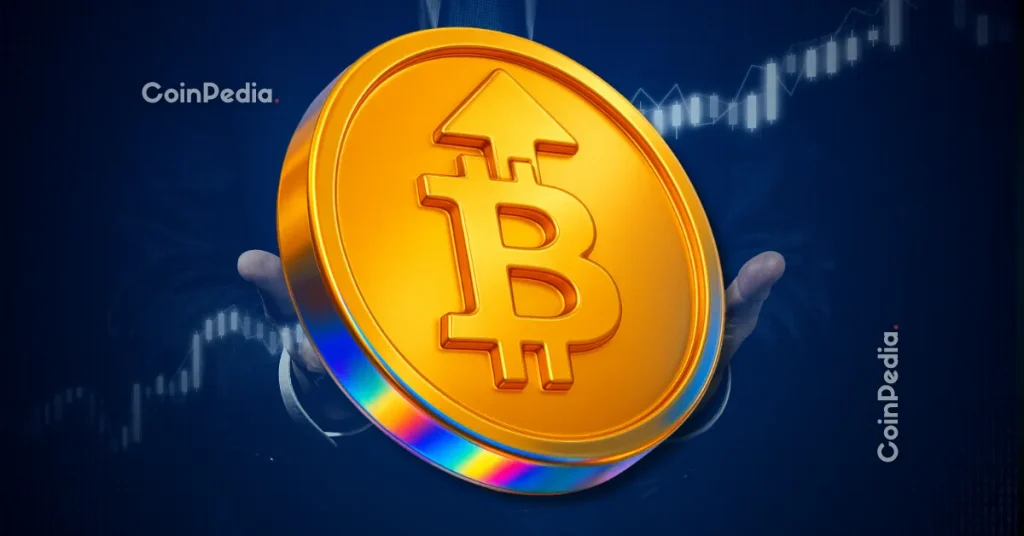Stellar has emerged as a resilient blockchain network focused on transforming global financial infrastructure. Since its launch in 2014, the Stellar network has specialized in fast, low-cost cross-border payments. Its native token, Lumens (XLM), facilitates frictionless currency conversions and micropayments while maintaining decentralization through the Stellar Consensus Protocol. As of Q2 2025, Stellar is trading near $0.27 with a market cap exceeding $8.4 billion. DigitalCoinPrice projects a bullish yet measured outlook, with estimates ranging between $0.24 and $0.60 for 2025. These projections are rooted in growing enterprise adoption, increasing developer activity, and the network’s utility in real-world applications like remittances and stablecoin issuance. Increased institutional use cases are also adding momentum. Projects like Franklin Templeton’s tokenized U.S. mutual fund and partnerships with financial giants have positioned Stellar as more than just a transactional layer. Its on-chain decentralized exchange (DEX) and asset issuance capabilities provide a foundation for programmable money and financial services that operate without intermediaries. Stellar Price Prediction 2025: Can Stellar Reach the $0.60 Mark? The possibility of Stellar hitting $0.60 depends on both macroeconomic and on-chain catalysts. From a technical standpoint, XLM is forming higher lows and consolidating within a symmetrical triangle. If Bitcoin maintains its strength and altcoins follow, Stellar could see a breakout toward the $0.50 to $0.60 range. Fundamentally, Stellar’s roadmap includes upgrades to network throughput and improvements in smart contract flexibility via Soroban. Increased engagement from traditional finance could also act as a bullish catalyst. Regulatory clarity across jurisdictions further supports the long-term viability of protocols like Stellar, especially those aligned with financial compliance frameworks. Historically, XLM has shown explosive growth during bullish market cycles. Its all-time high of $0.93 in 2018 occurred during a market-wide rally. With growing momentum in tokenized assets and real-world finance, a climb toward $0.60 would represent a moderate but realistic recovery, not an extraordinary leap. However, it’s important to acknowledge volatility and downside risks. Price fluctuations, evolving regulatory landscapes, and competition from other payment-focused blockchains like Ripple and Algorand could limit upside. Adoption curves and market cycles rarely progress linearly. Why Technical Analysts Are Watching Stellar Closely Stellar’s trading volume has remained stable, suggesting active market engagement. Daily Relative Strength Index (RSI) readings hover near neutral, indicating room for upward movement. Moreover, the Moving Average Convergence Divergence (MACD) indicator is on the verge of a bullish crossover. Whale accumulation is also being observed on-chain, with large transactions increasing in volume. This activity often precedes price rallies, particularly when accompanied by positive news or development milestones. If XLM breaks resistance at $0.30 with volume confirmation, the next targets are $0.42 and $0.58. Sentiment indicators show a neutral-to-bullish bias, fueled by renewed interest in utility-based cryptocurrencies. Compared to speculative tokens, Stellar offers tangible applications in finance, making it a more grounded asset for mid- to long-term portfolios. Qubetics: A New Contender in Decentralized Infrastructure While Stellar continues to dominate cross-border payments, Qubetics is rapidly gaining attention for redefining decentralized infrastructure through real-world utility applications. One of its core innovations is a decentralized VPN system that leverages blockchain to provide censorship-resistant, secure, and anonymous internet access. Unlike centralized VPN providers, Qubetics offers a peer-to-peer architecture that prevents single points of failure and data exposure. The decentralized VPN enables users to relay encrypted traffic through a global network of nodes, incentivized by the native $TICS token. This use case holds strong relevance in an age of digital surveillance and growing concerns over internet privacy. Crypto Presale Performance and ROI Projections Beyond the decentralized VPN, Qubetics is making headlines with its robust token presale metrics. As of Stage 36, the Qubetics crypto presale has secured over 27,300 holders, selling more than 514 million tokens. The project has raised more than $17.5 million in funding, indicating strong community backing and long-term belief in its roadmap. $TICS tokens are currently priced at $0.3064 in this stage. Analysts have laid out compelling ROI projections based on post-presale price targets. If $TICS reaches $1, the return on investment stands at 226%. A $5 target yields 1,531% gains, while a $10 valuation translates to a staggering 3,163% ROI. Long-term holders are especially eyeing the $15 mark post-mainnet launch, which represents a 4,794% return. These figures are attracting a mix of early adopters and blockchain advocates who see Qubetics as an infrastructure coin rather than just another speculative asset. Its focus on privacy, interoperability, and community-driven scaling makes it stand out in a saturated market. How Qubetics and Stellar Could Shape the Next Phase of Crypto Utility Both Stellar and Qubetics are focused on utility, though in different sectors. While Stellar emphasizes financial access and tokenized money, Qubetics aims to fortify the digital rights of users through decentralized services. Together, they reflect a maturing blockchain ecosystem that prioritizes real-world solutions over hype. Stellar’s integration with banks and fintech platforms could serve as a springboard for broader adoption, particularly if CBDCs and stablecoins gain traction. At the same time, Qubetics may become foundational in Web3 infrastructure by offering secure access layers to decentralized applications and services. For analysts and blockchain developers, the complementary nature of these platforms opens up cross-chain collaboration possibilities. Both tokens—XLM and $TICS—offer potential exposure to the infrastructure backbone of the next internet, each with different risk profiles and growth pathways. Final Thoughts Stellar’s price prediction for 2025 suggests a range between $0.24 and $0.60, with multiple factors influencing the outcome. These include macro trends, institutional interest, and technical developments. While reaching $0.60 is not guaranteed, it remains within striking distance if network utility continues to expand. In parallel, Qubetics is building momentum as a decentralized infrastructure pioneer. Its presale success and VPN use case position it as a contender for outsized returns in the current cycle. With over 27,300 holders and strong technical fundamentals, Qubetics is on the radar of seasoned participants seeking exposure to early-stage blockchain solutions. For More Information: Qubetics: https://qubetics.com Presale: https://buy.qubetics.com/ Telegram: https://t.me/qubetics Twitter: https://x.com/qubetics The post Stellar Price Prediction 2025: Can XLM Hit $0.60 as Qubetics Presale Secures 27,300 Holders? appeared first on TheCoinrise.com .





